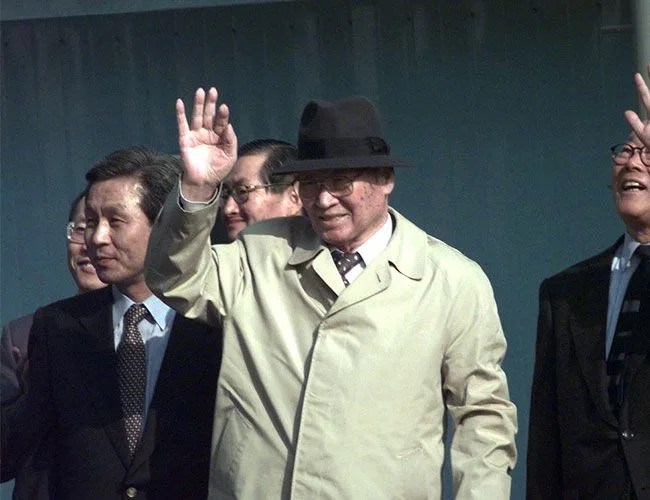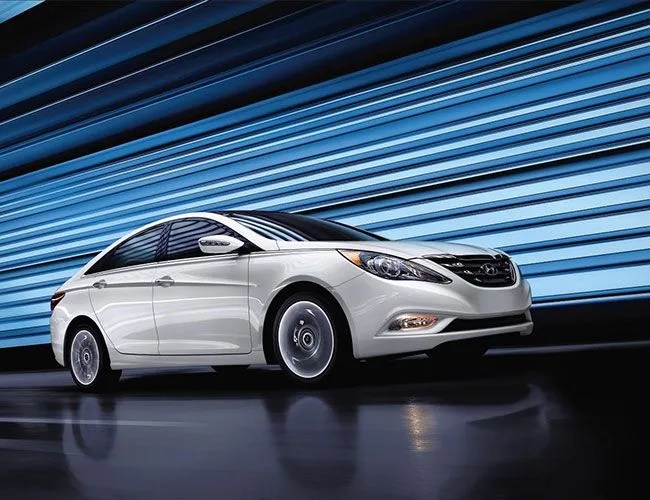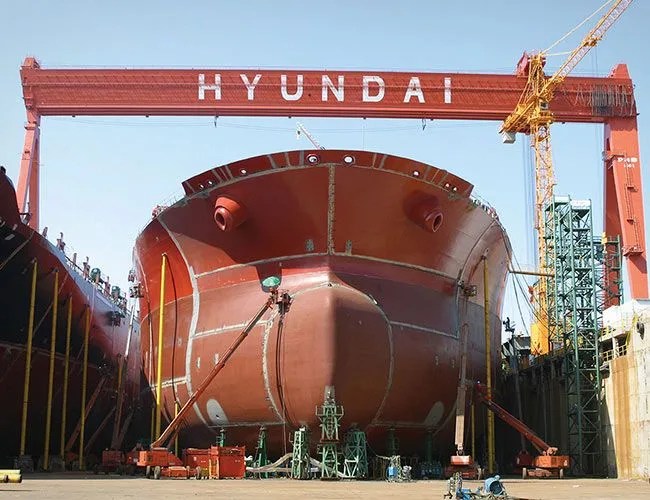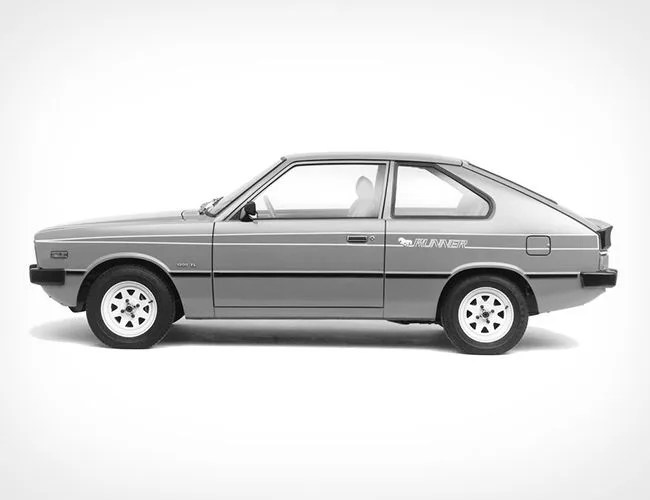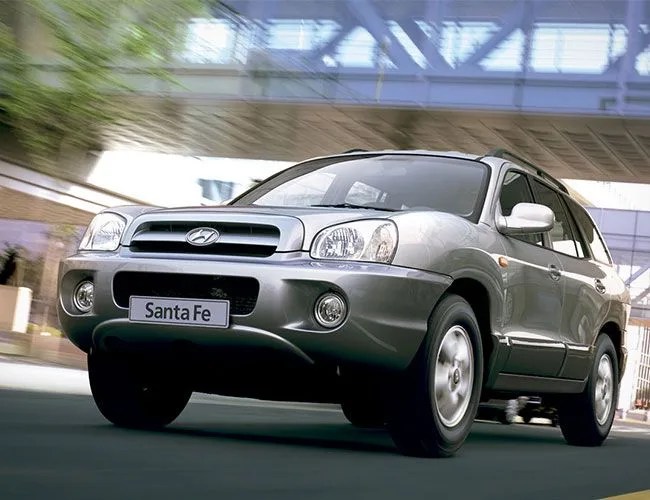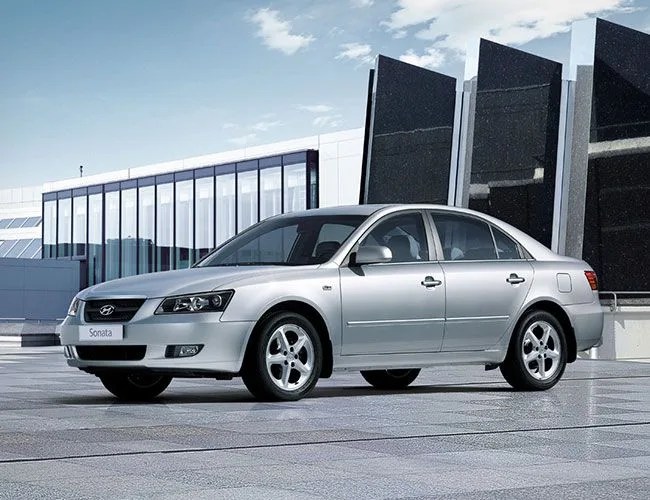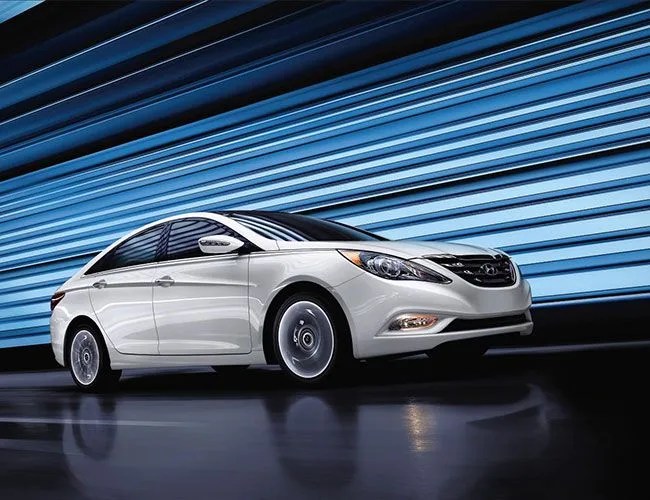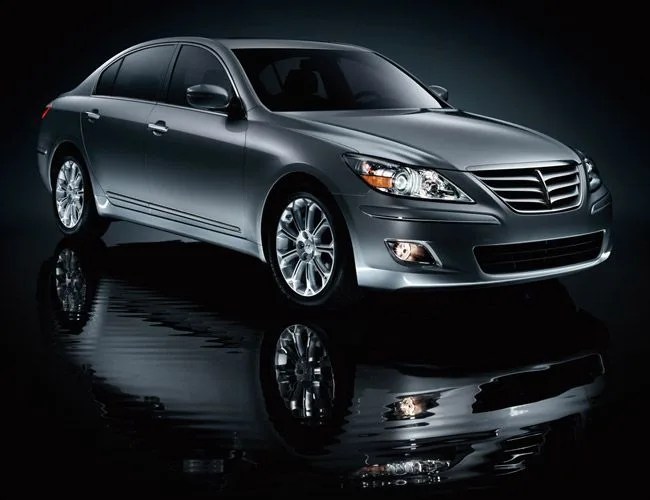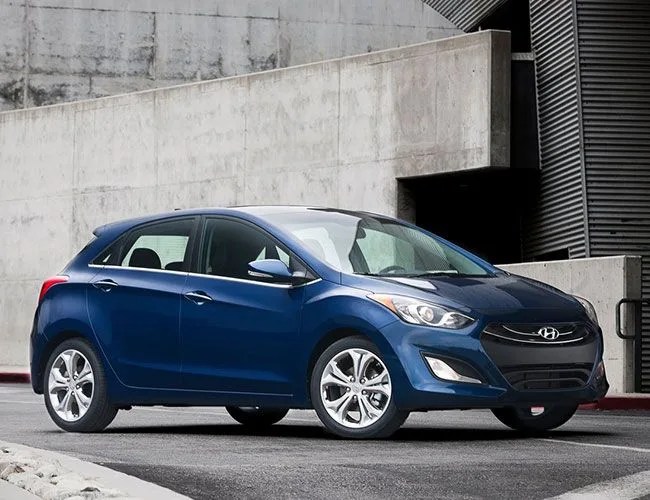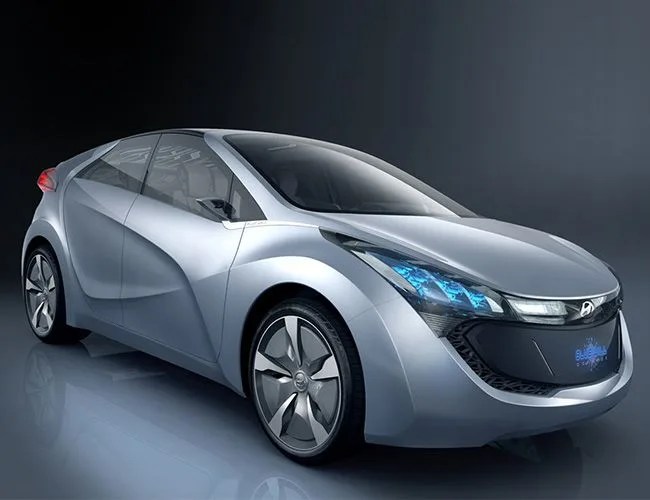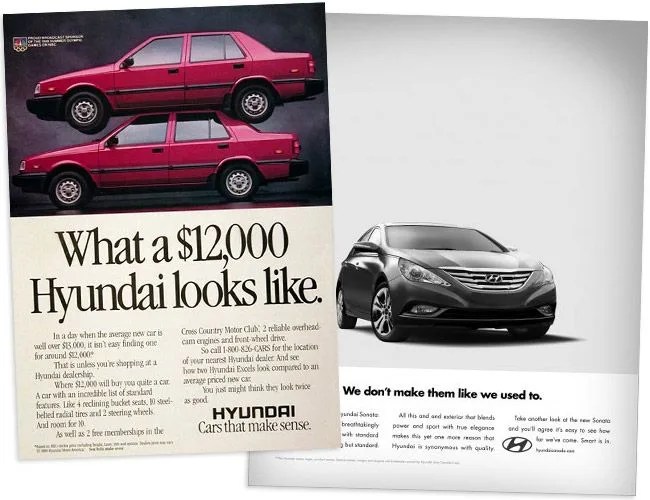
A number of years ago, a Hyundai Motor Company executive was quoted as saying something along the lines of, “We want Hyundai to make the kind of car you want to buy, not the kind of car you have to buy.” As a teen, I distinctly recall the emergence of the South Korean automaker’s first offering in 1986, the Excel. Of all the auto show brochure photos I’d throw on my adolescent bedroom wall, the Excel was one that I made sure never made the cut. I’m pretty sure my copy remained unclaimed. And I’m Korean.
The Excel was dirt cheap, accomplished in its unattractiveness (even for the ’80s) and boasting the kind of reliability that would make North Korean weapons testers blush. The Excel actually set records in the states in 1986 and sold a whopping 126,000 cars in its first year and 264,000 in its second year, largely due to its incredibly low introductory price of $4,995 (consider that a Chevrolet Cavalier cost $6,706 in 1986). But the quality of the cars were soon discovered to be, let’s say, less than stellar. Despite the colossal sales numbers, so poor was the build that the carmaker’s reputation suffered and virtually fricasseéd Hyundais second chance at making a first impression as a quality automaker. There’s a reason why first generation Excels were hard to find on the road even five years later. Fast forward nearly a quarter century and you’ll find a selection of cars that turns heads, drives well and even merits applause for great design. Add in the fact that Hyundai’s growth and popularity illicits widespread industry envy, and you have a magic combination. But the journey was not an easy one.
Our essay continues after the jump.
A Small Spark
Hyundai (Korean for “modern”) actually had its humble beginnings forty years ago, something most Americans would never know. Hyundai Founder Chung Ju-Yung, who died in 2001, had his own education cut short at the age of fourteen, when his father mandated that he work on the family farm at at other hard labor to take care of his younger siblings, not uncommon in Korean culture at that time. Shortly after his third (and successful) attempt at running away from home, Chung began his long and storied journey, propelled by the Japanese occupation that prevented him from operating his rice shop business, which he started at the age of 22. He moved on to driving trucks for a delivery service and learned the mechanics of truck and car repair that would one day lead to the modern success of the Hyundai Motor Company, which was established by Chung and his brother in 1967.
